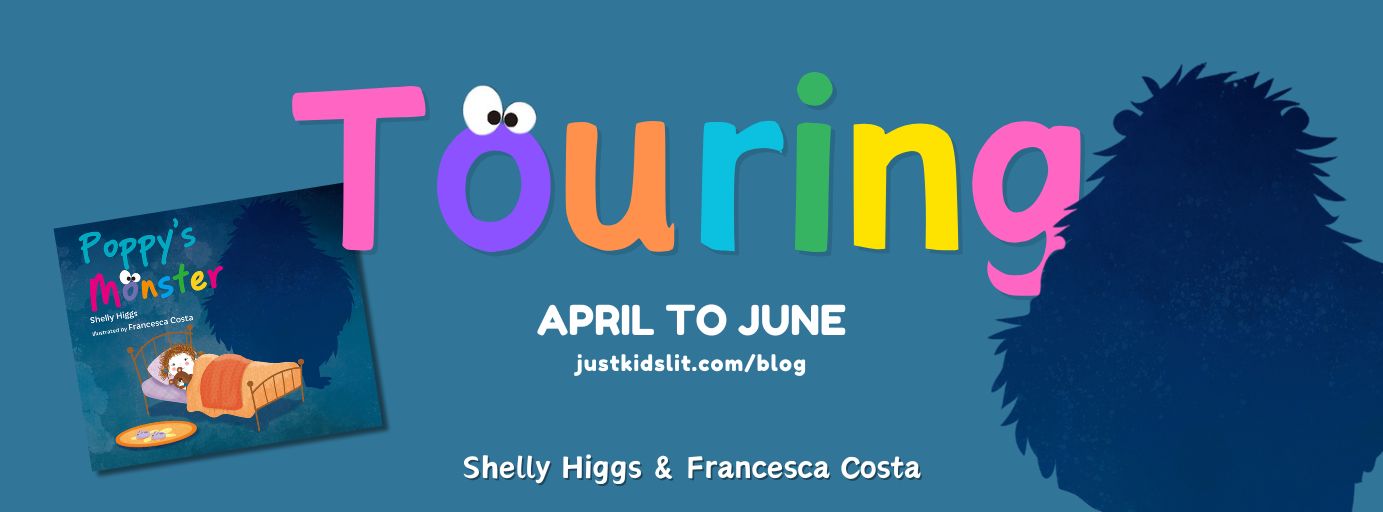Hadamar: The House of Shudders, Jason K. Foster (text), Big Sky Publishing, May 2019.
Blurb:
A bastard, a shame, a national disgrace.
Nazi Germany is ruled by Hitler’s barbaric policies of racial cleansing.
Ingrid Marchand’s only sin was to be born black.
Horrifying institutions like Hadamar are where the undesirables – including the mentally and physically disabled and children – are systematically tortured, gassed and executed. It is where Ingrid is humiliated and brutalised and will encounter a depth of hatred the world has never seen before.
On the brink of starvation, can Ingrid survive the horrors of her incarceration and help bring her tormentors to justice?
Hadamar is a gripping tale of survival in a world of hatred, horror and insanity.
Based on true events.
Review:
 I knew Hadamar: The House of Shudders would not be an easy read. But in saying that, it’s not meant to be. The scale of devastation is heartwrenching, and absolutely incomprehensible. Though utterly harrowing, I was gripped until the very end. The world simply needs to take this history, this story, and learn from it.
I knew Hadamar: The House of Shudders would not be an easy read. But in saying that, it’s not meant to be. The scale of devastation is heartwrenching, and absolutely incomprehensible. Though utterly harrowing, I was gripped until the very end. The world simply needs to take this history, this story, and learn from it.
The barbarity of any war story should heed a warning to the young and those with the faintest of hearts. *Warning: some content and visual imagery may be confronting, particularly for younger readers in their mid-teens. Whilst I would recommend some prior knowledge of WW2 before reading, author Jason K. Foster does acknowledge his YA readership through his mild language and age appropriateness through the eyes of a child. However, even I could not escape the physical and emotional churning reading the events that unfolded. And in saying so, Foster has successfully made a lasting impression.
Hadamar is located as a southern town in Germany. Its hospital was one of six around the country built as psychiatric institutions for the mentally and physically ill and disabled at the forefront of World War II between 1938 and 1945. The Nazi propaganda claimed the order of ‘racial cleansing’ across Europe; that only the most ‘superior’ (Aryan race) would be fittest to survive. On the outside, the Holocaust took millions of Jews, and others, into slavery, torture and extermination. Doctors and nurses in Hadamar conducted the Atkion T-4 program: sterilisation and euthanasia (Gnadentod) for the ‘undesirables’ or those ‘lives unworthy of living’ (Lebensunwertes Leben), as well as mass murder by gas chambers, and later, killing by neglect and starvation. Up to 25,000 people died in Hadamar alone, including thousands of unwell and disabled children, wounded soldiers and those of colour.
Foster’s historical accuracy is neatly narrated through the eyes of a fictional young German-French-African teen, Ingrid Marchand. A story that, through truth, champions her survival, but also proposes a lifetime of psychological suffering caused by her six years incarcerated behind the walls of Hadamar. Ingrid is taken by the Gestapo from her Mutti (mother) in 1939, simply for the ‘stained’ colour of her skin, initially sterilised in a horrific scene, and placed amongst the wards of children in Hadamar. She is savagely dehumanised and humiliated by the staff, and is witness to the atrocities of systematic lethal injections, gassing, neglect and complete disregard for human life. Her only salvation: a doctor with questionable motives; Dr Oppenheimer, who led the design and construction of the ‘showers’. But in amongst the darkness, Foster shimmers a light of hope and happiness for Ingrid. She encounters a love for Johan Kapfler; a decorated war hero. She navigates her inner demons to come out fighting, risking her life for the starving children. And we see Ingrid as a treasured hero herself, standing trial for justice against the evil, heartless killers, those whom are named factually and their crime sentences revealed.
There’s a lot to process in this story; the ideological systems in Nazi Germany, the graphic content of events and the main character’s strength and growth despite her shocking imprisonment. Foster enables readers a helpful placement of Ingrid’s story through his epilogue and prologue, featuring the granddaughter of Kapfler in interview with 93-year-old Marchand. The use of German terms throughout provide much authenticity, and these are explained in a glossary at the end. The trials of the accused doctors and nurses were interwoven with Ingrid’s thoughts. I felt perhaps an additional ‘notes’ section outlining all of the characters’ fictional or non-fictional qualities would assist readers with understanding the accuracy of historical detail.
There is much more to this book than the atrocities of the war that leave a lingering ache in one’s heart, that leave one questioning the insanity of it all, and leave a burning desire to discover more. Hadamar leaves a tribute to hope, a remembrance of the past and the forgotten children, and therefore a plea for the world to rise above the hate and free ourselves with a better future. Hadamar will inspire knowledge, power and embrace.
Hadamar: The House of Shudders should be known to the world. We are all equal. We cannot allow these horrors to happen again. Never again.
Review by Romi Sharp.
#nazigermany #youngadult #ww2 #warhistory #holocaust #hope #future
To follow Jason Foster and his fantastic work, please find him at the following links…
Website: jasonkfoster.com.au
Facebook: Jason K Foster Author / Hadamar: The House of Shudders
A Story to Grip Your Heart. WIN Hadamar: The House of Shudders!
Embrace the power of knowledge. Why do you want to read this book?
Click the link for details.

Jason Foster and Hadamar will be featuring at a number of media sources, including the following…

Subscribe at Books On Tour PR & Marketing to stay in the loop.















